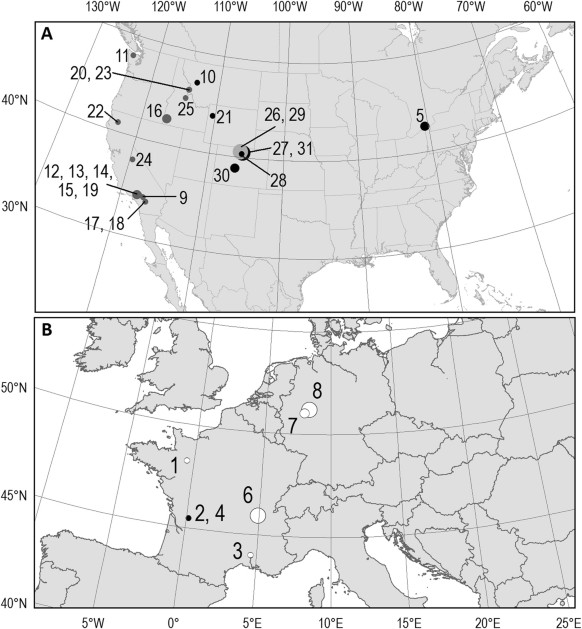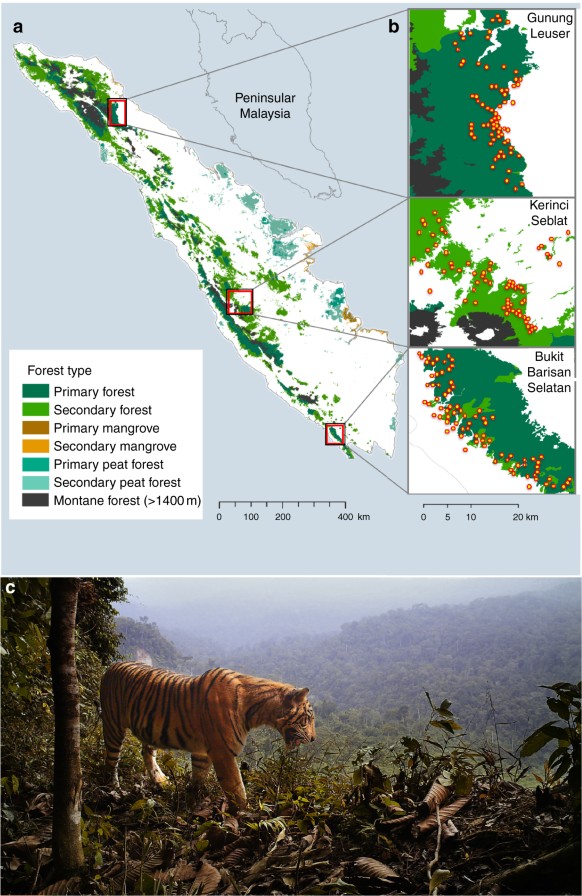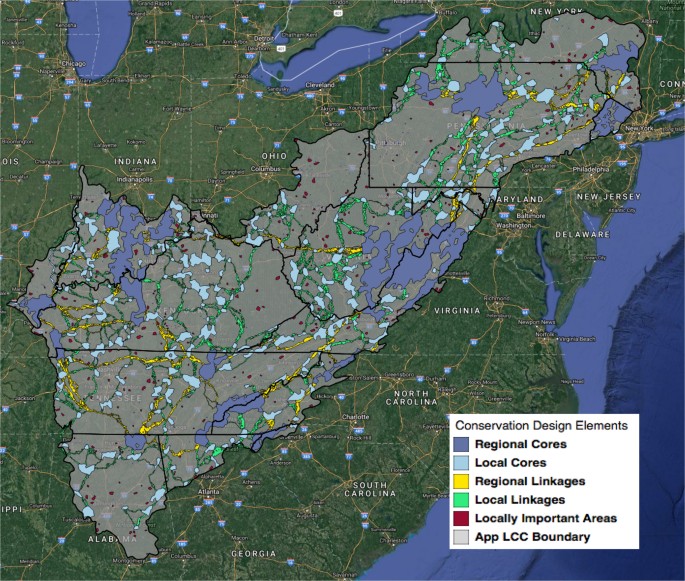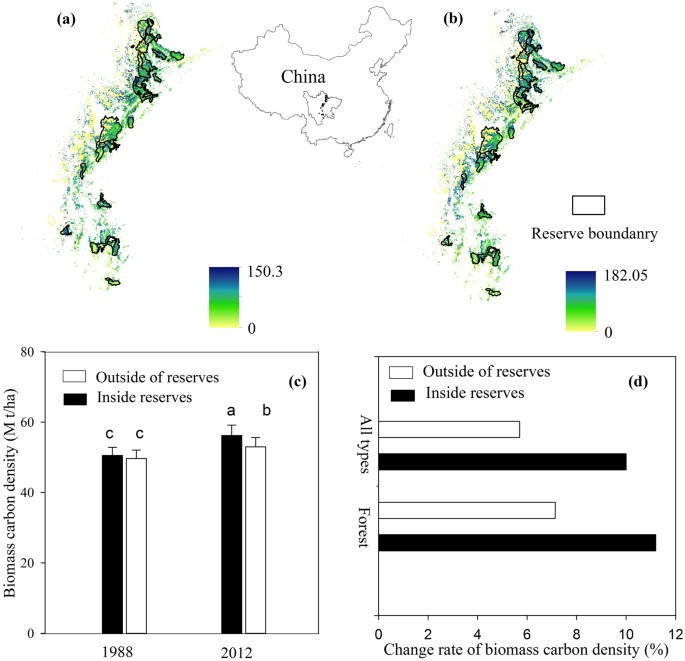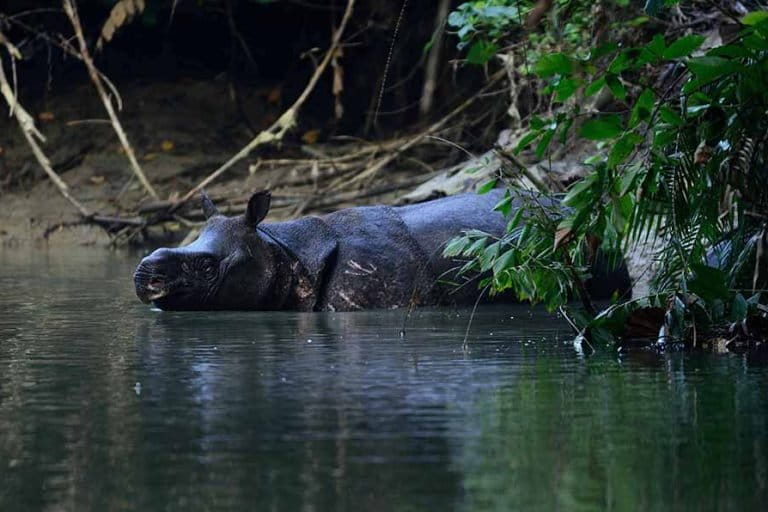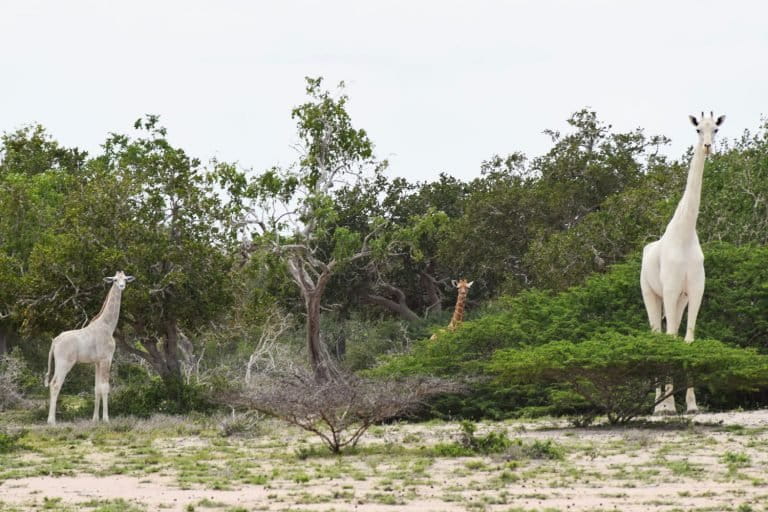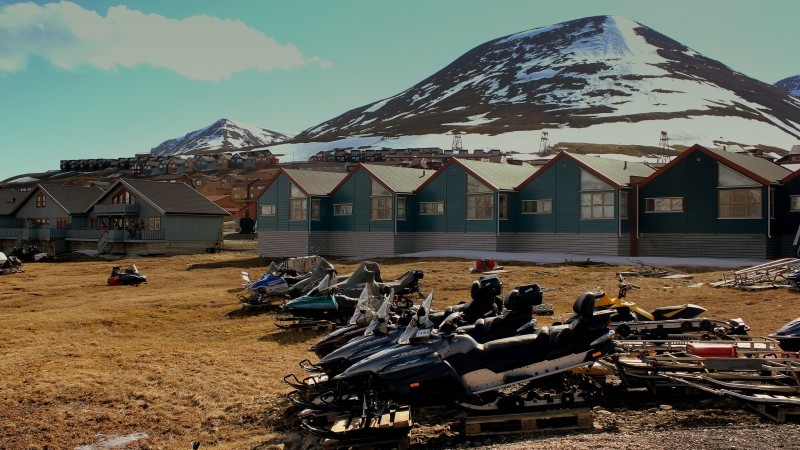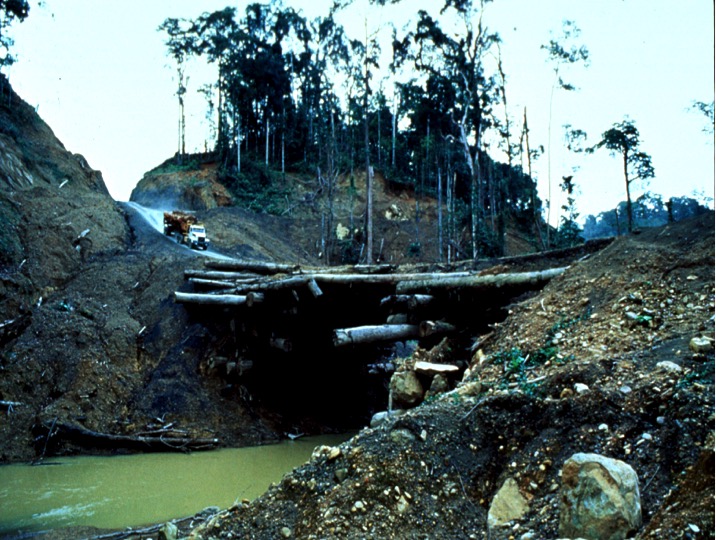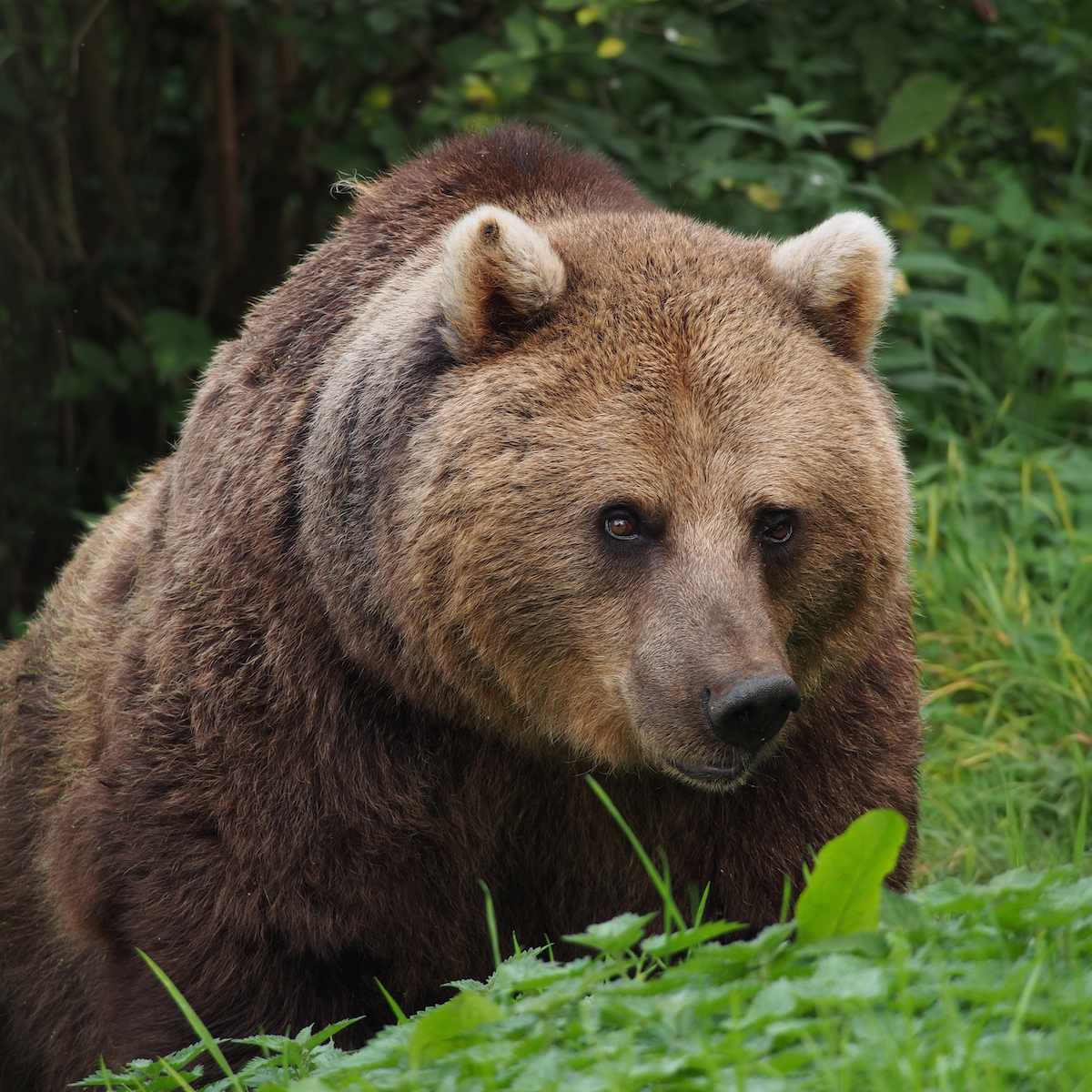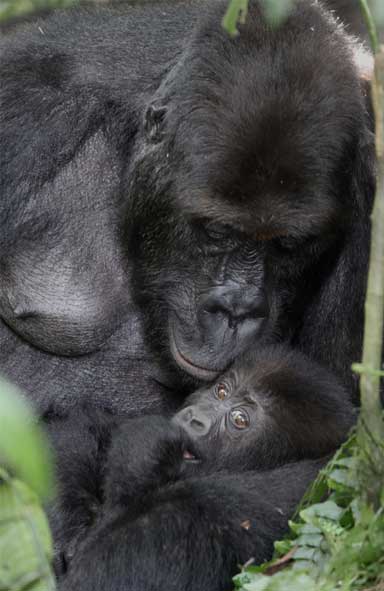
Monday,
October 23, marked the first-ever Half-Earth Day. The E.O. Wilson
Biodiversity Foundation and National Geographic timed the event to occur
exactly half a year after Earth Day (April 22). But Half-Earth Day also gets
its name from the biodiversity conservation initiative spearheaded by renowned
biologist and conservationist Edward O. Wilson, discussed in his 2016 book,
Half-Earth: Our Planet’s Fight for Life. Wilson’s idea, which is backed
up by research, is that we can protect 85 percent of Earth’s biodiversity by
conserving half of the world’s land and seas.
“The Half-Earth approach is not only science-based, but it will also
expand fundamental science into new directions,” Wilson, who is a
research professor emeritus at Harvard, said in a statement. “The goal
of discovering and mapping all biodiversity, and especially at the level
of species, will lead to immense new knowledge in basic and applied
biology.”
“Our planet is at a crossroads, and there is both an opportunity and a
critical need to act now, and to do so boldly,” Gary E. Knell, president
and CEO of the National Geographic Society, said in a statement.
“National Geographic is proud to convene the first-ever Half-Earth Day
to inspire people everywhere to understand and care for our world,
furthering our progress toward a healthier and more sustainable future
for generations to come.”
Read More: https://news.mongabay.com/2017/10/half-earth-day-to-be-celebrated-next-week/







